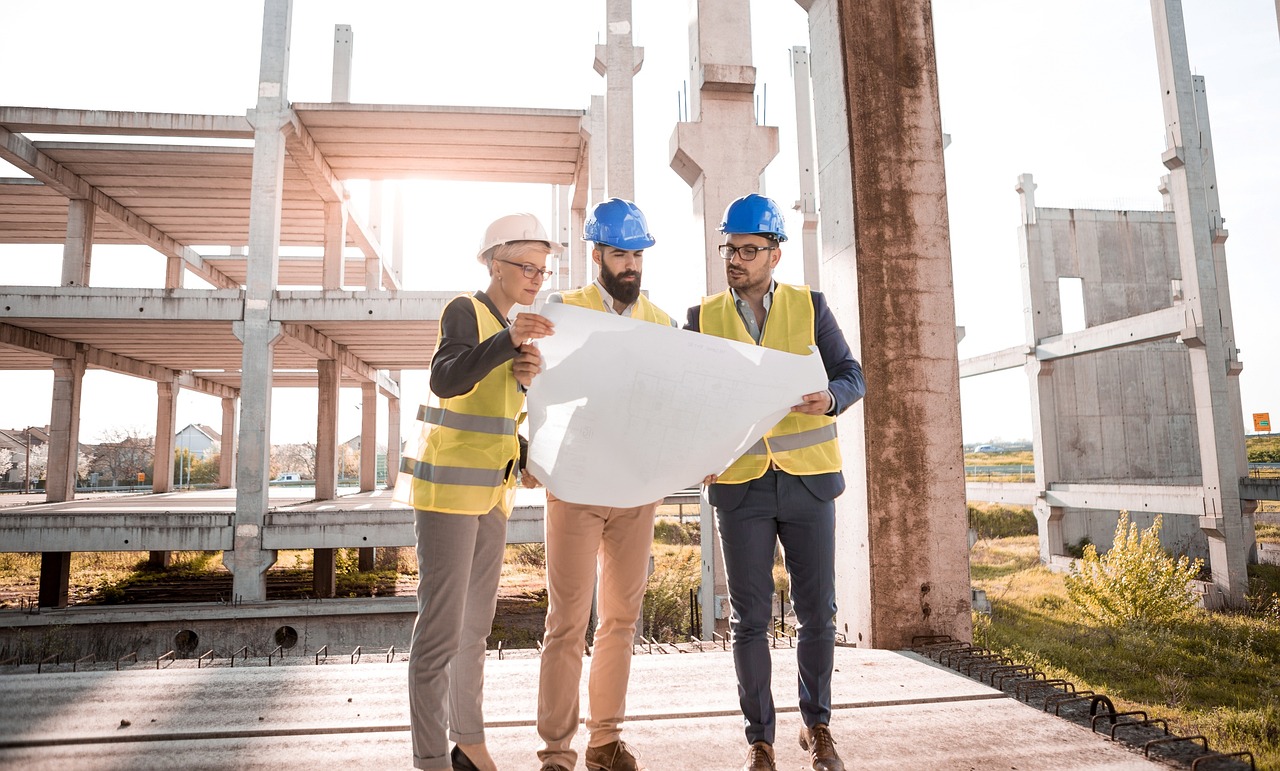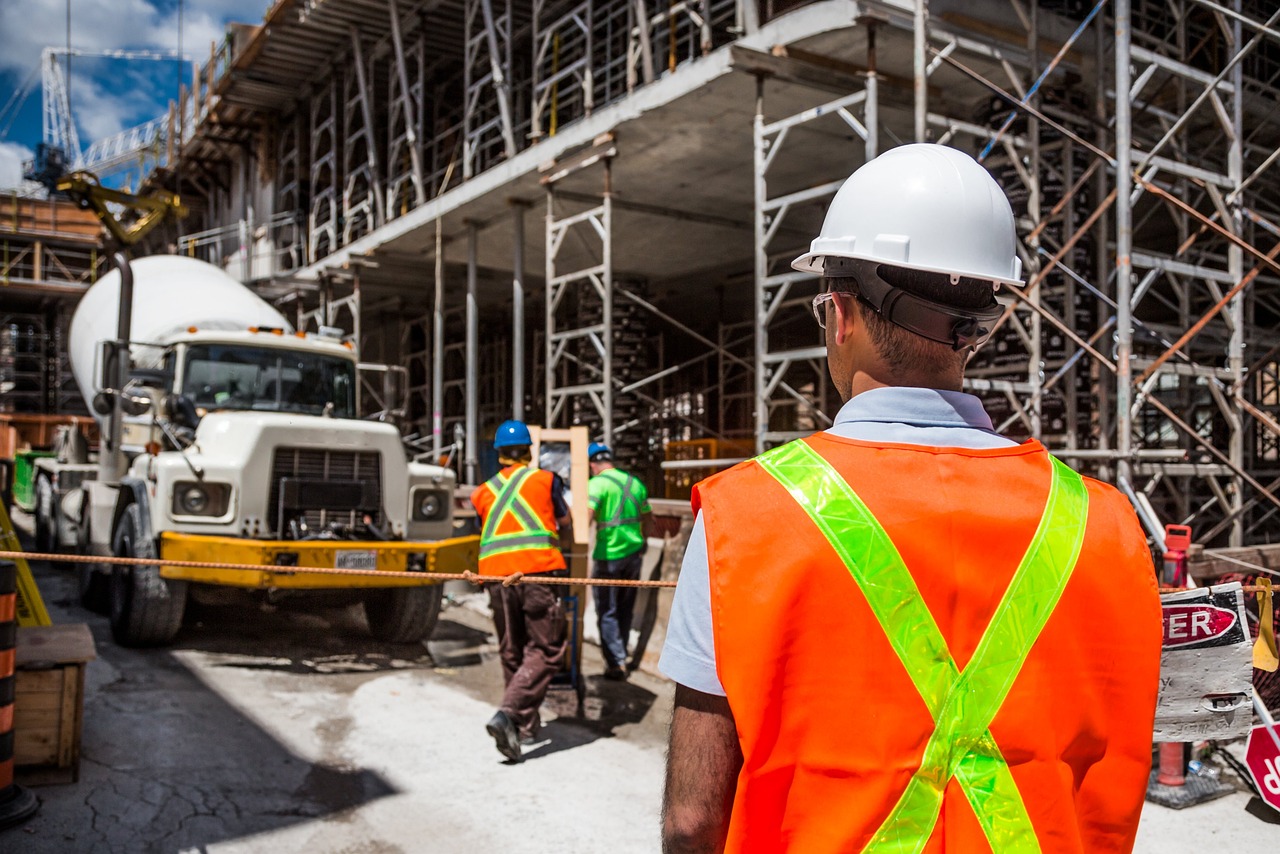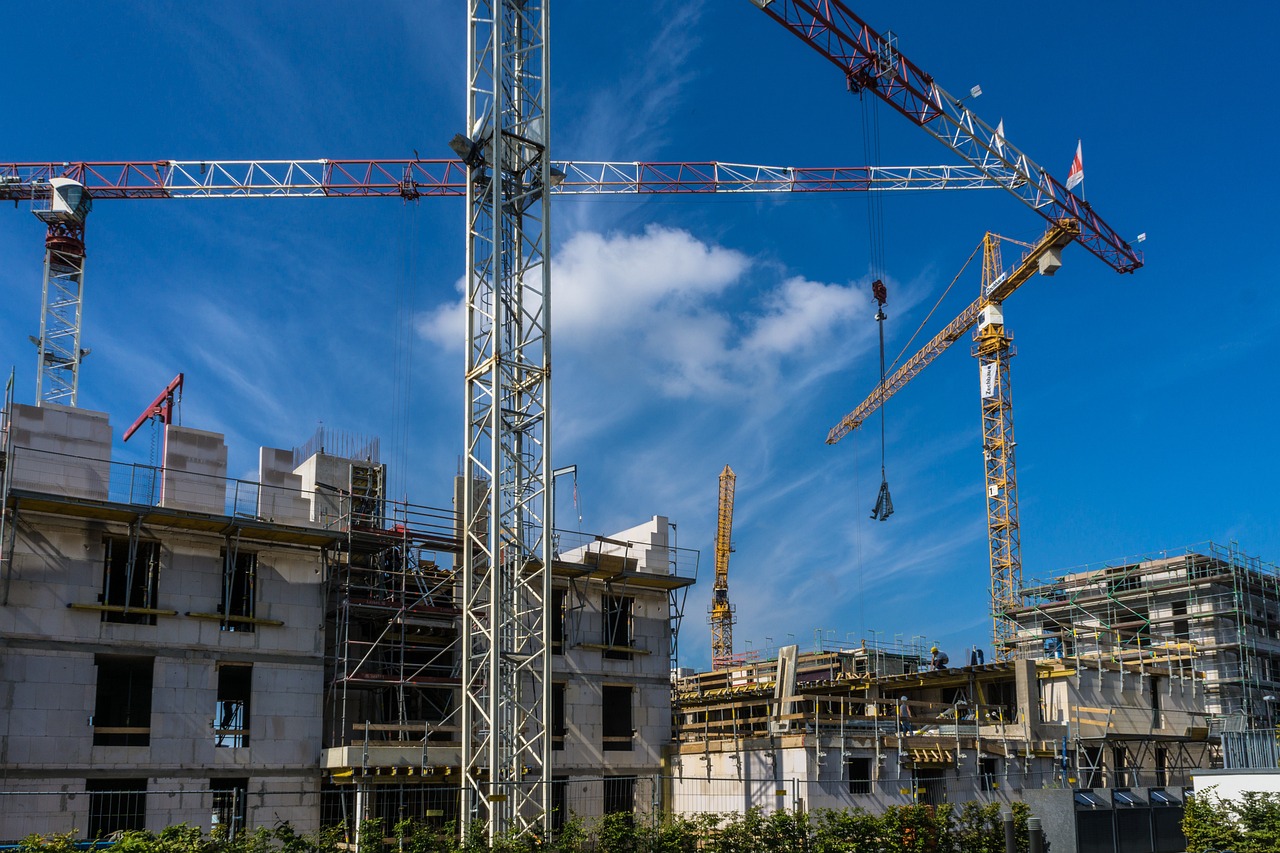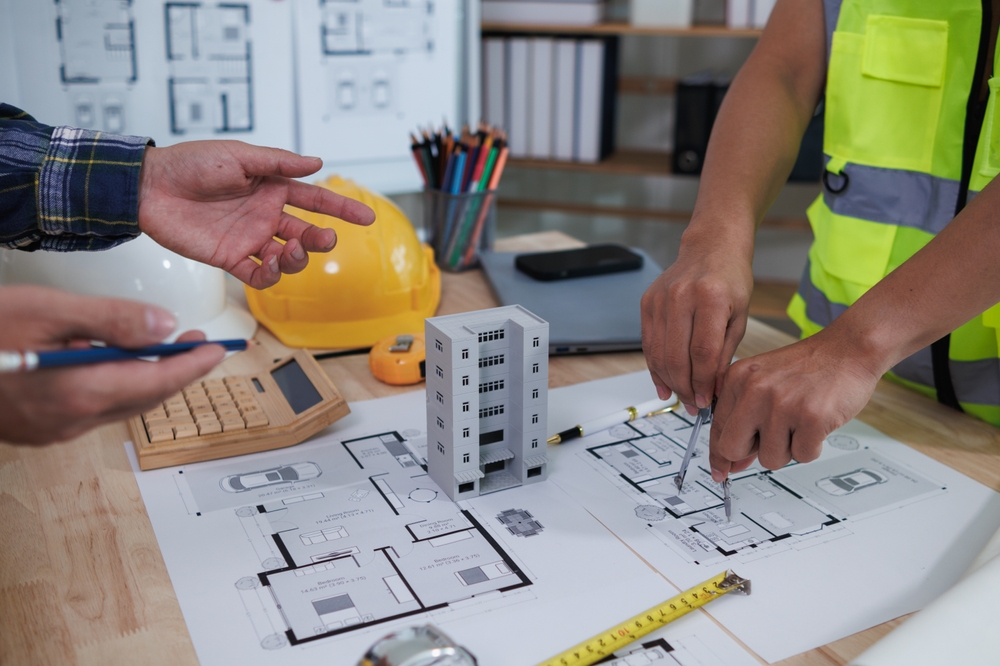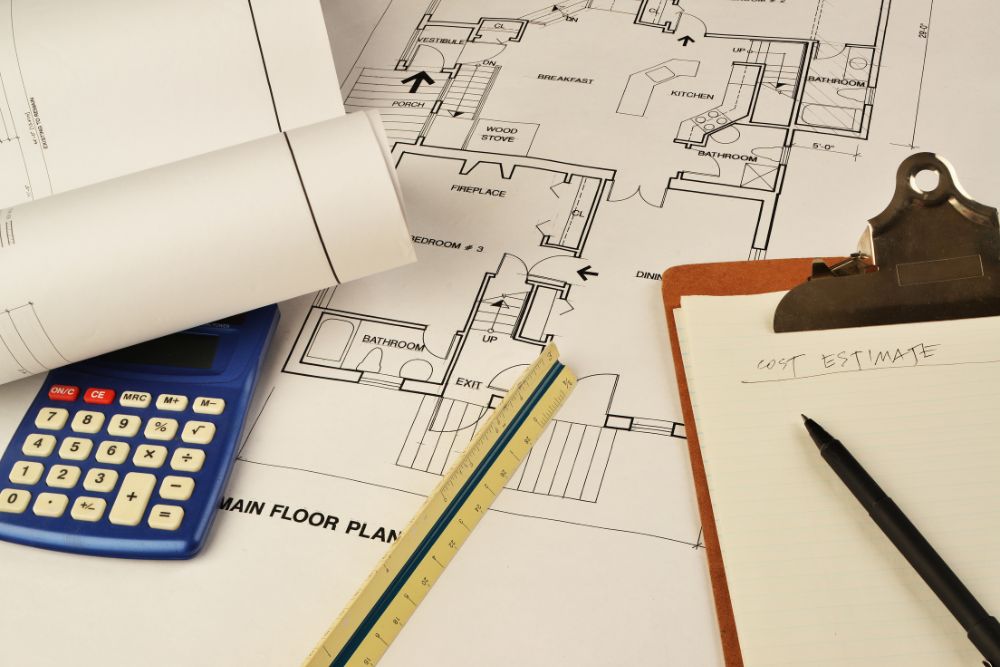Construction projects need a steady supply of materials like steel, aluminum, and lumber. Sometimes, the cost of these materials can suddenly rise, and tariffs are often the reason. A tariff is a tax that governments put on goods coming from other countries. When tariffs go up, material prices increase, which can affect project budgets, bids, and schedules.
These changes impact contractors, suppliers, and everyone involved in the project. Knowing how tariffs work helps construction professionals plan better, estimate costs accurately, and avoid surprises. It also makes it easier to make smart decisions about sourcing materials, managing risks, and keeping projects on time and on budget.
In this guide, we’ll explain what are tariffs in construction, how they impact the construction industry, and what contractors and estimators can do to manage their effects and plan more accurately.
What Are Tariffs in Construction?
A tariff is a tax that governments place on goods imported from other countries. In construction, this often applies to materials like steel, aluminum, and lumber. For instance, in August 2025, the U.S. imposed a 50% tariff on raw copper, which significantly increased material costs.
These tariffs can lead to higher prices for construction materials, affecting project budgets and timelines. In fact, the National Association of Home Builders (NAHB) estimated that recent tariffs could add approximately $10,900 to the cost of building a new home.
Understanding how tariffs work is crucial for construction professionals. It helps in planning budgets, estimating costs accurately, and making informed decisions about sourcing materials. By staying informed about tariff changes, contractors can better navigate the complexities of the construction industry.
How Tariffs Impact the Construction Industry?
Tariffs can affect construction projects in many ways, from costs to planning and material choices.
- Rising Material Costs: Tariffs make imported materials like steel, aluminum, and lumber more expensive. For example, after the U.S. added steel and aluminum tariffs in 2018, material costs went up by 10–25%, affecting both homes and commercial buildings.
- Higher Bids and Lower Profits: As material costs increase, contractors may need to raise their bids. This can make projects more expensive for clients and lower profit margins for builders.
- Supply Delays: Tariffs can slow the delivery of imported materials. This can delay project timelines and create scheduling problems.
- Choosing Suppliers: Contractors may switch to local suppliers or use alternative materials to avoid high tariffs. This helps control costs but may limit options for certain materials.
- Budgeting Challenges: Estimators need to include tariffs when planning project budgets. Ignoring them can lead to unexpected expenses during construction.
Types of Tariffs
Tariffs can affect construction material costs in different ways, and knowing the type helps contractors plan and budget more accurately.
- Ad Valorem Tariff: This is a percentage of the material’s value. For example, if imported steel costs $1,000 and the tariff is 10%, the extra cost would be $100. It directly increases material prices based on value.
- Specific Tariff: A fixed amount charged per unit or weight of the material. For instance, $5 per sheet of aluminum. This type affects costs regardless of the material’s market price.
- Compound Tariff: Combines both an ad valorem percentage and a fixed fee. For example, 5% of the product’s value plus $2 per unit. It can make cost calculation a bit more complex.
- Tariff-Rate Quota: A lower tariff applies to a set quantity of imported materials, but once that limit is exceeded, higher rates kick in. This encourages careful planning of how much to import and when.
Key Construction Materials Affected by Tariffs
Many commonly used construction materials can be affected when governments apply tariffs, especially those imported from abroad.
- Steel: Found in structural beams, rebar, and roofing, steel prices can jump significantly when tariffs are applied, raising costs for both homes and commercial buildings.
- Aluminum: Used in doors, windows, siding, and roofing, aluminum often sees price increases that impact material budgets.
- Lumber: Tariffs on imported lumber can make framing, flooring, and cabinetry more expensive. For example, U.S. lumber tariffs after 2018 added noticeably to home-building costs.
- Copper: Essential for plumbing, wiring, and electrical systems, copper prices can rise due to tariffs, affecting installation budgets.
- Other Materials and Equipment: Some tools, machinery, tiles, and finishing materials may also face tariffs, especially for specialized projects.
How Contractors and Estimators Can Manage Tariff Impacts
Tariffs can make construction costs unpredictable, but contractors and estimators can manage their effects by taking practical steps:
- Plan Ahead: Keep track of which materials are subject to tariffs and factor them into project budgets early. This helps avoid last-minute cost surprises.
- Compare Suppliers: Look for both domestic and international suppliers. Sometimes local sources can provide materials at lower costs, helping to offset tariffs.
- Consider Alternatives: Using alternative materials or designs that are less affected by tariffs can reduce expenses without compromising quality.
- Update Estimates Regularly: Material prices can change quickly, so updating estimates throughout a project helps keep budgets accurate.
- Negotiate with Vendors: Some suppliers may offer bulk discounts, fixed pricing, or other options to help manage tariff-related costs.
 Pros and Cons of Tariffs in Construction
Pros and Cons of Tariffs in Construction
Tariffs can affect construction in different ways. They help support local businesses and bring in revenue, but they can also make materials more expensive and slow down projects. Here’s a simple look at the pros and cons:
Pros | Cons |
Protects local manufacturers and creates jobs | Makes imported materials more expensive |
Helps reduce trade imbalances | Can delay material delivery and project timelines |
Generates government revenue | Limits supplier options |
Levels the playing field against unfair trade practices | Can lower profit margins for contractors |
Why Governments Impose Tariffs on Construction Materials
Governments impose tariffs on construction materials for several reasons. One key goal is to protect local industries. By making imported materials more expensive, tariffs encourage contractors and builders to buy from domestic suppliers, supporting local manufacturers and jobs.
Another reason is to balance trade. If a country imports far more materials than it exports, tariffs can help reduce trade deficits by limiting foreign goods and encouraging domestic production.
Tariffs can also be used to respond to unfair trade practices. For example, if another country is selling materials at very low prices or subsidizing their production, tariffs can level the playing field for local businesses.
Understanding why tariffs are applied helps contractors and estimators anticipate changes in material costs and adjust their budgets and sourcing strategies accordingly.
Tariffs vs. Other Construction Cost Factors
Construction costs come from many factors, and tariffs in construction are just one of them. While tariffs increase the price of imported materials, other costs like labor, equipment, and design changes also affect project budgets and timelines.
The table below compares tariffs with other main construction cost factors to show how each impacts a project.
Cost Factor | What It Is | How It Affects Projects |
Tariffs | Tax on imported materials | Increases material costs, may delay projects |
Labor | Workers’ wages | Adds to cost and affects schedule |
Equipment | Tools and machinery | Raises operational costs |
Design Changes | Changes in project plans | Can increase costs and timelines |
Permits & Fees | Government approvals | Adds small extra costs |
Site Conditions | Soil, weather, access issues | Can raise costs and cause delays |
Strategies to Minimize Tariff-Related Risks
Tariffs in construction can make budgeting tricky, but there are ways to stay in control:
- Monitor Material Prices: Keep an eye on market trends and tariff updates so you can anticipate cost changes.
- Plan Smart Purchases: Buy key materials early or in batches to avoid sudden price spikes.
- Explore Local Options: Use domestic suppliers or untaxed alternatives whenever possible.
- Keep Budgets Flexible: Add a small contingency to cover unexpected tariff increases.
- Communicate with Suppliers: Discuss options like bulk deals or fixed pricing to limit cost surprises.
By focusing on these practical steps, contractors and estimators can manage tariff risks without repeating earlier advice, keeping projects on track and on budget.
FAQs
Is a Tariff Good or Bad?
Tariffs can be both beneficial and detrimental. They protect domestic industries and generate government revenue. However, they can lead to higher consumer prices and may provoke trade disputes. The impact depends on the context and implementation.
Who Decides the Tariff?
In the U.S., Congress has the constitutional authority to set tariffs. However, it has delegated some of this power to the President through trade legislation. This delegation allows the executive branch to impose tariffs under certain conditions.
What Is the Maximum and Minimum Tariff?
Tariff rates vary by country and product. For instance, the U.S. has imposed tariffs ranging from 10% to 50% on various goods. Specific maximum and minimum rates depend on trade agreements and national policies.
What are the negative effects of tariffs?
Tariffs can increase the cost of imported goods, making materials and products more expensive for consumers and businesses. They may also trigger trade disputes, reduce market competition, slow economic growth, and encourage domestic industries to become less efficient over time.
When did tariffs start?
Tariffs have been used for centuries, but they became formalized as government policy in the 18th century. In the U.S., tariffs were first implemented in 1789 with the Tariff Act to raise revenue and protect emerging domestic industries.
Conclusion
Tariffs can increase the cost of construction materials and slow down project timelines, affecting budgets and profits. Understanding what are tariffs in construction helps contractors and estimators anticipate changes and plan effectively.
At Prime Estimation, we provide accurate estimates, practical guidance, and strategies to manage tariff impacts, ensuring your projects stay on schedule and within budget.
Contact us today to safeguard your project from unexpected cost increases and delays.

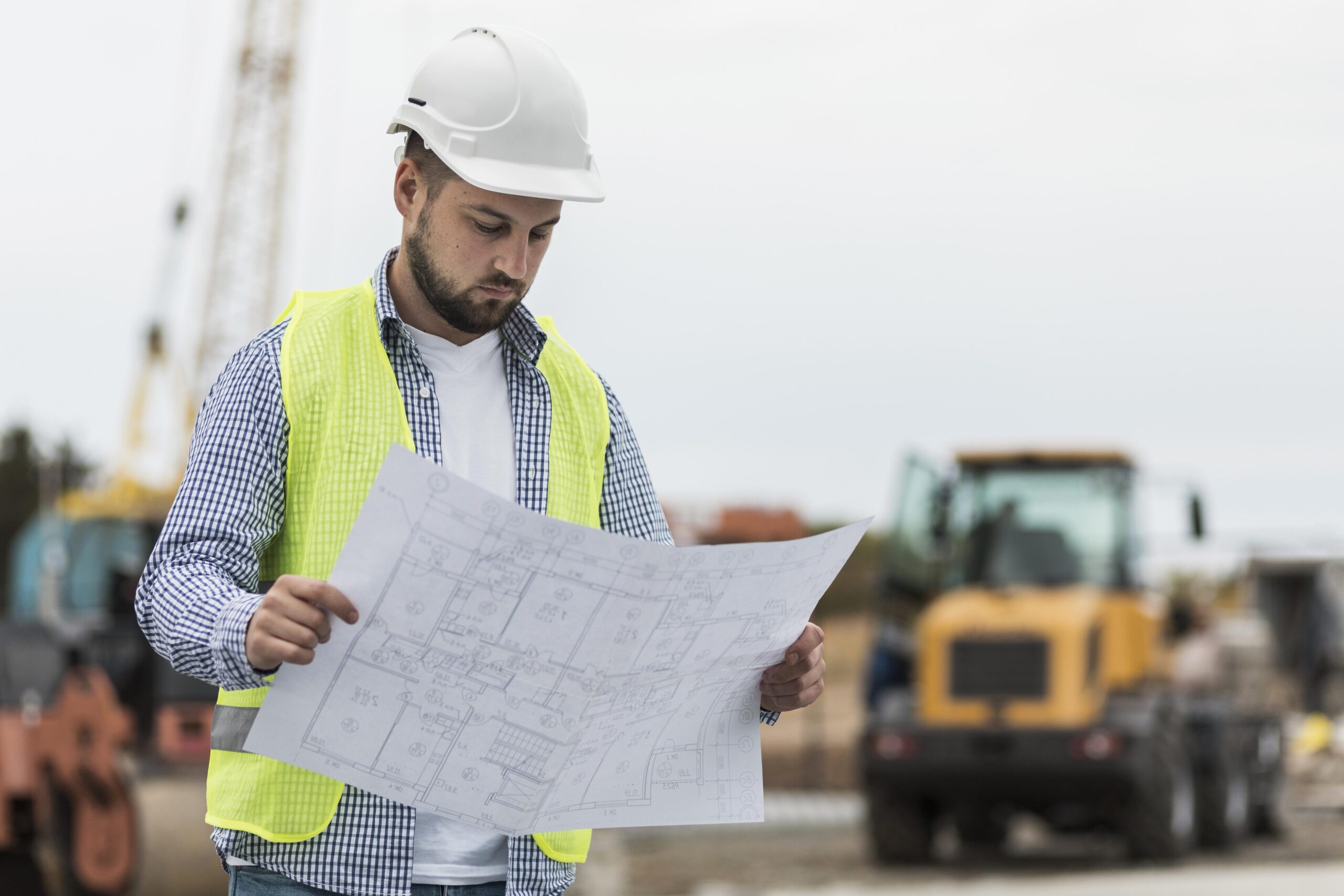
 Pros and Cons of Tariffs in Construction
Pros and Cons of Tariffs in Construction